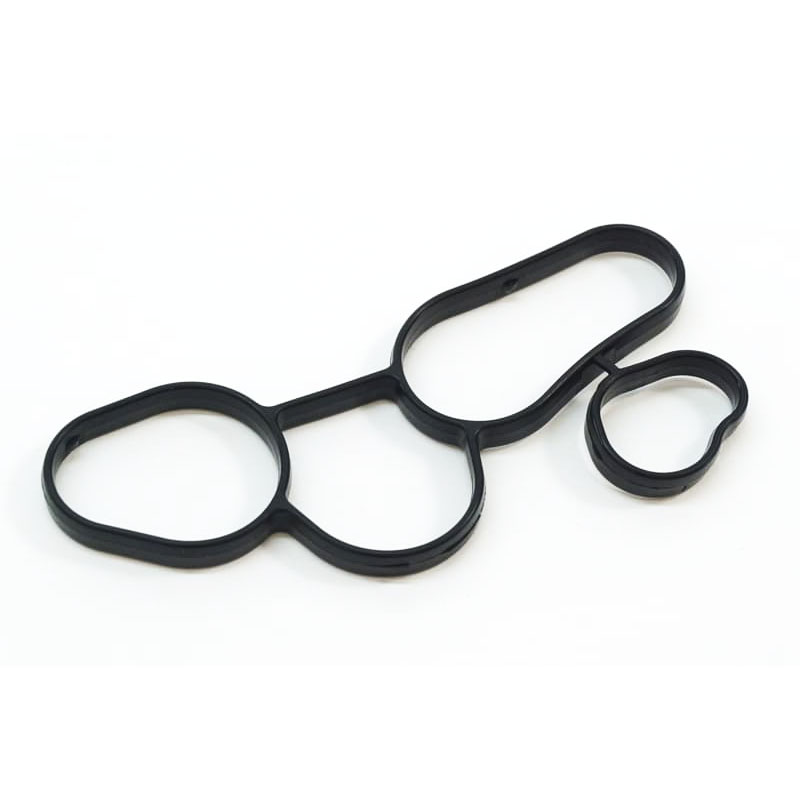Understanding Valve Oil Seals and Their Importance in Engine Performance
Understanding Valve Oil Seals Importance, Functionality, and Maintenance
Valve oil seals are critical components in various machinery, particularly in automotive engines and industrial equipment. They play a vital role in ensuring efficient operation by preventing oil leaks, maintaining pressure, and enhancing the overall longevity of the equipment. This article aims to delve into the significance of valve oil seals, their functionality, and tips for maintenance to ensure optimal performance.
The Role of Valve Oil Seals
Valve oil seals, often referred to as valve stem seals, are designed to control the flow of oil in an engine. They sit at the top of the valve guides and seal the gap between the valve stem and the guide, preventing oil from leaking into the combustion chamber. By doing so, these seals play a crucial role in maintaining the proper lubrication of the moving parts, ensuring that the engine operates smoothly and efficiently.
When the engine runs, it generates high temperatures and pressures. If the valve oil seals fail, oil can seep past the seal and enter the combustion chamber. This leads to several problems, including increased oil consumption, fouled spark plugs, and blue smoke emissions. In severe cases, it can cause significant engine damage, leading to costly repairs.
Functionality of Valve Oil Seals
The design of valve oil seals is integral to their functionality. Typically made from durable materials like rubber or silicone, these seals are engineered to withstand the harsh conditions within an engine. They must be able to resist high temperatures, chemical exposure, and mechanical wear.
When the engine is running, the valve oil seals maintain a delicate balance. They allow a small amount of oil to lubricate the valve stems while preventing excessive oil from entering the combustion chamber. This lubrication is essential for reducing friction between the moving parts, which in turn helps to improve engine performance and fuel efficiency.
Moreover, valve oil seals are engineered to ensure proper pressure within the engine. They help maintain an optimal level of vacuum, which is crucial for fuel atomization and combustion efficiency. If the seals fail, it can lead to poor engine performance, increased emissions, and a reduction in overall efficiency.
Common Problems and Symptoms of Failed Valve Oil Seals
valve oil seal

Recognizing the signs of failing valve oil seals is essential for timely intervention. Here are some common symptoms
1. Oil Consumption An unexpected increase in oil consumption is often the first sign that valve oil seals may be failing. If you find yourself adding oil frequently, it’s worth investigating.
2. Blue Smoke Worn or damaged seals can allow oil to enter the combustion chamber, leading to blue smoke emanating from the exhaust. This is a clear indicator of oil burning in the engine.
3. Fouled Spark Plugs If the spark plugs appear to be coated in oil, it is a sign that oil is leaking past the valves and into the combustion chamber, necessitating a check of the valve oil seals.
4. Poor Engine Performance A noticeable decrease in performance, such as reduced power or responsiveness, can be linked to failing valve oil seals. The imbalance caused by oil entering the combustion chamber can disrupt the air-fuel mixture.
Maintenance and Replacement
To ensure the longevity and efficient operation of valve oil seals, regular maintenance is crucial. Routine oil changes using high-quality oils can help prolong the life of the seals. Additionally, inspecting the seals during regular maintenance checks can aid in identifying wear before it leads to significant engine issues.
If valve oil seals are determined to be faulty, replacement is typically recommended. This process can be labor-intensive, as it often requires disassembling parts of the engine. However, timely replacement can save considerable costs associated with more extensive repairs.
Conclusion
Valve oil seals play a pivotal role in the smooth functioning of engines and machinery. Understanding their importance, recognizing signs of failure, and adhering to proper maintenance practices can greatly enhance performance and extend the lifespan of the equipment. By addressing issues proactively, operators can ensure that their engines remain in optimal condition, preventing costly repairs and downtime. Ultimately, investing in quality valve oil seals and maintaining them properly is crucial for both efficiency and reliability in any mechanical system.
-
The Ultimate Guide to Car Repair Kits: Tools and Essentials Every Driver Should Own
News Aug.01,2025
-
The Complete Guide to Oil Pan Gaskets: Sealing Engine Leaks the Right Way
News Aug.01,2025
-
Preventing Oil Leaks: A Complete Guide to Oil Pan Gaskets and Drain Seals
News Aug.01,2025
-
Everything You Need to Know About Oil Pan Gaskets and Drain Plug Seals
News Aug.01,2025
-
Essential for Car Owners: How to Use a Car Repair Kit to Deal with Minor Breakdown
News Aug.01,2025
-
Comprehensive Guide to Engine Oil Sump Gaskets and Related Seals
News Aug.01,2025
-
The Ultimate Guide to Boat Propeller Bearings and Trailer Wheel Bearings
News Jul.31,2025
Products categories















